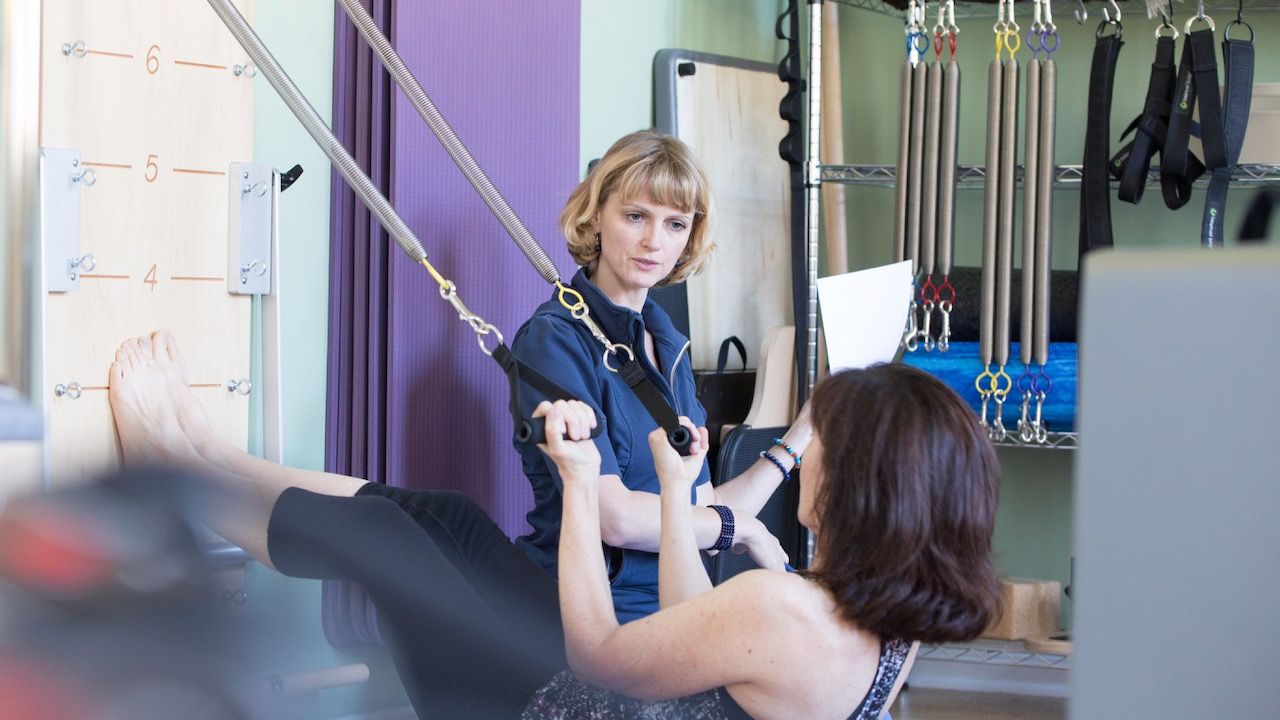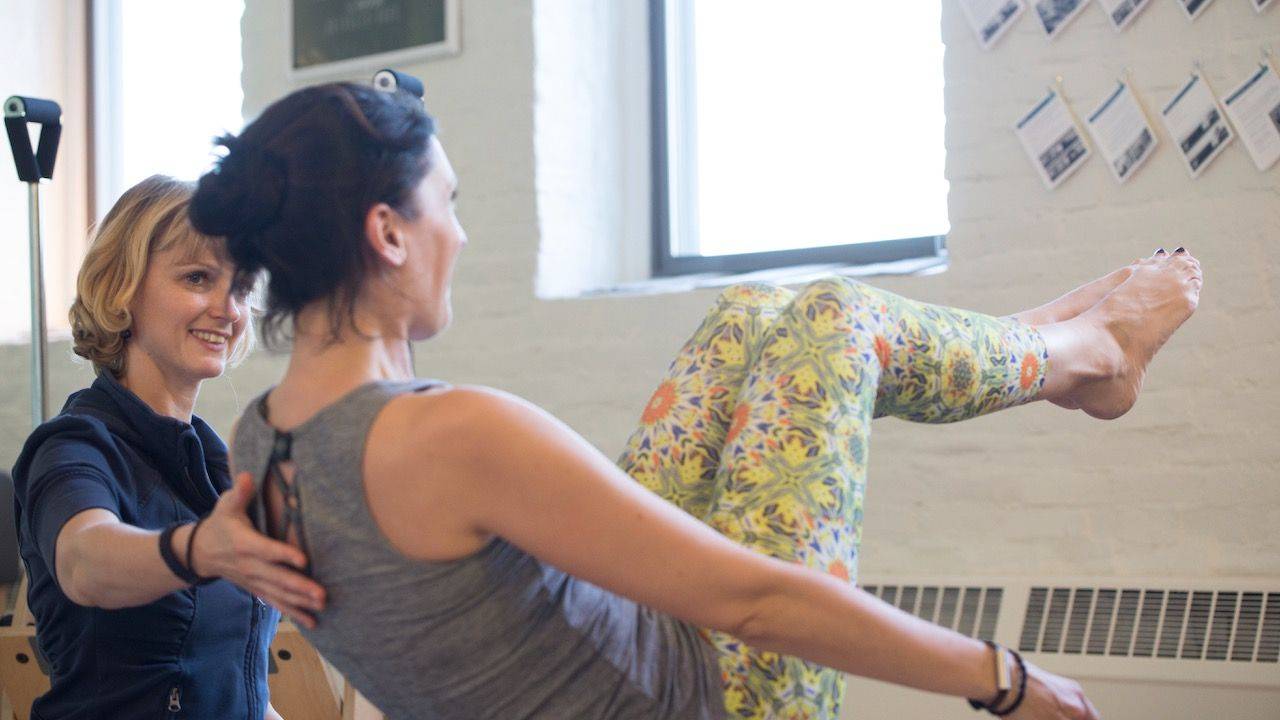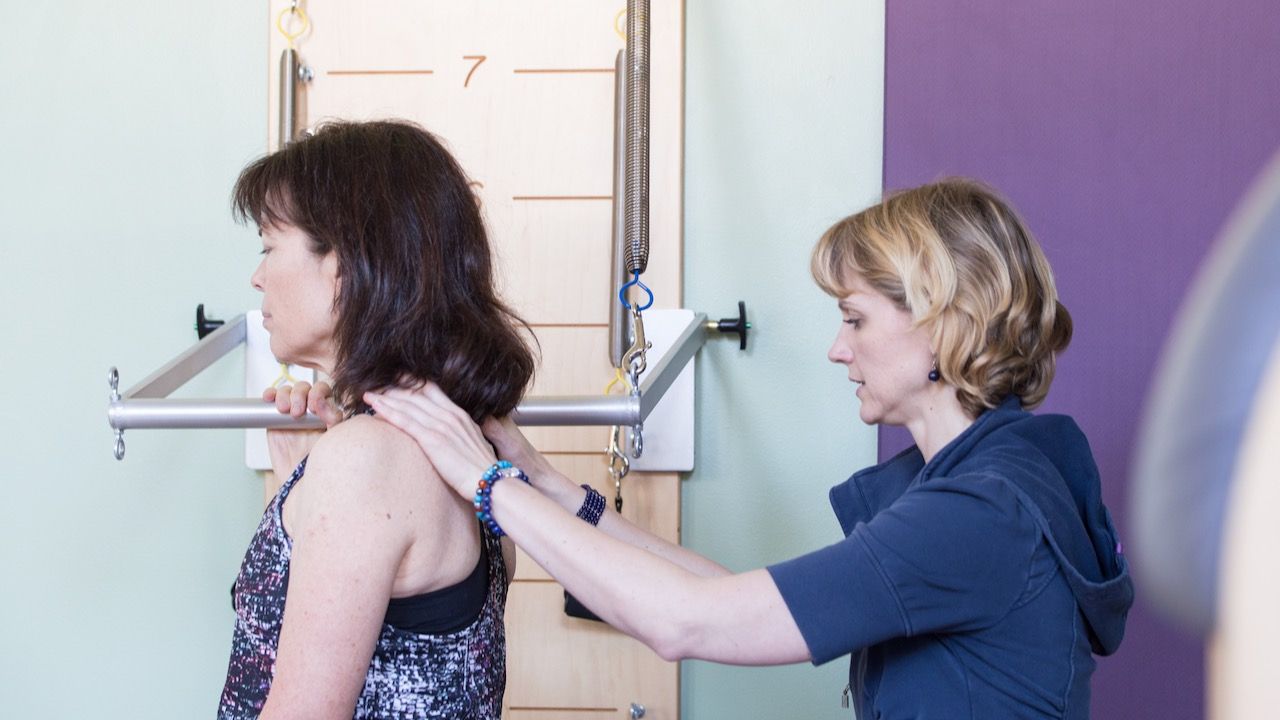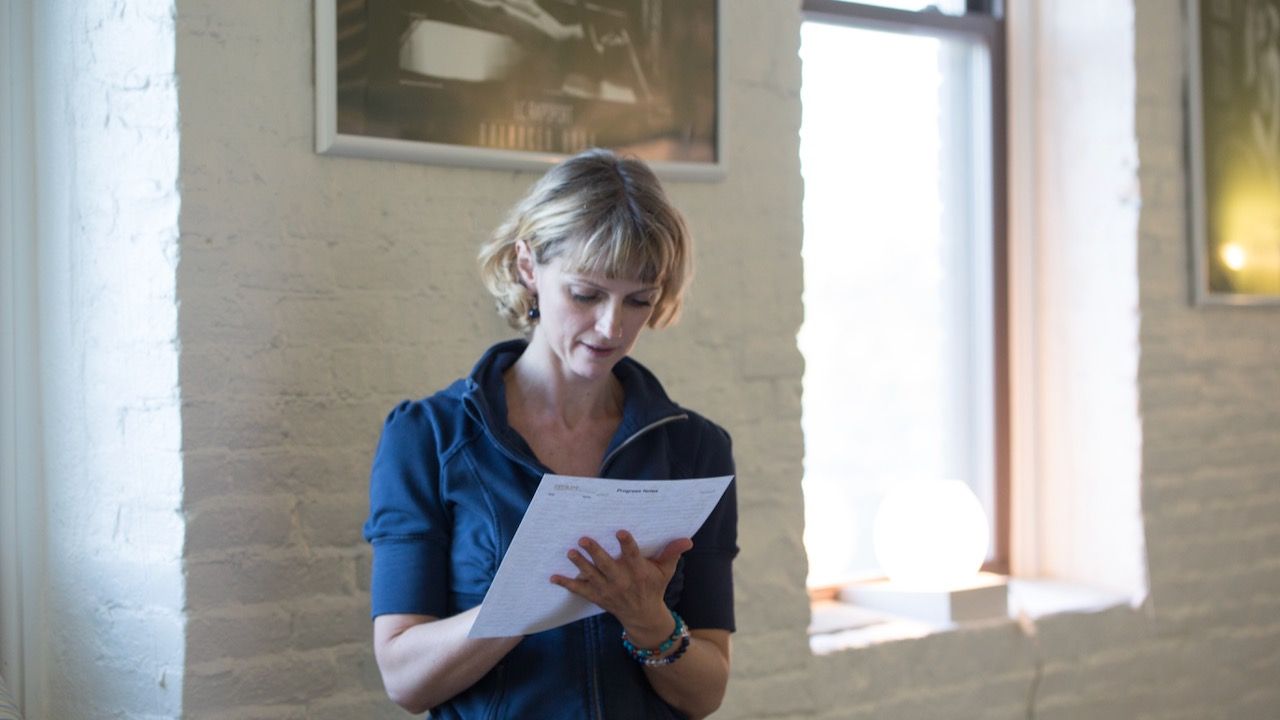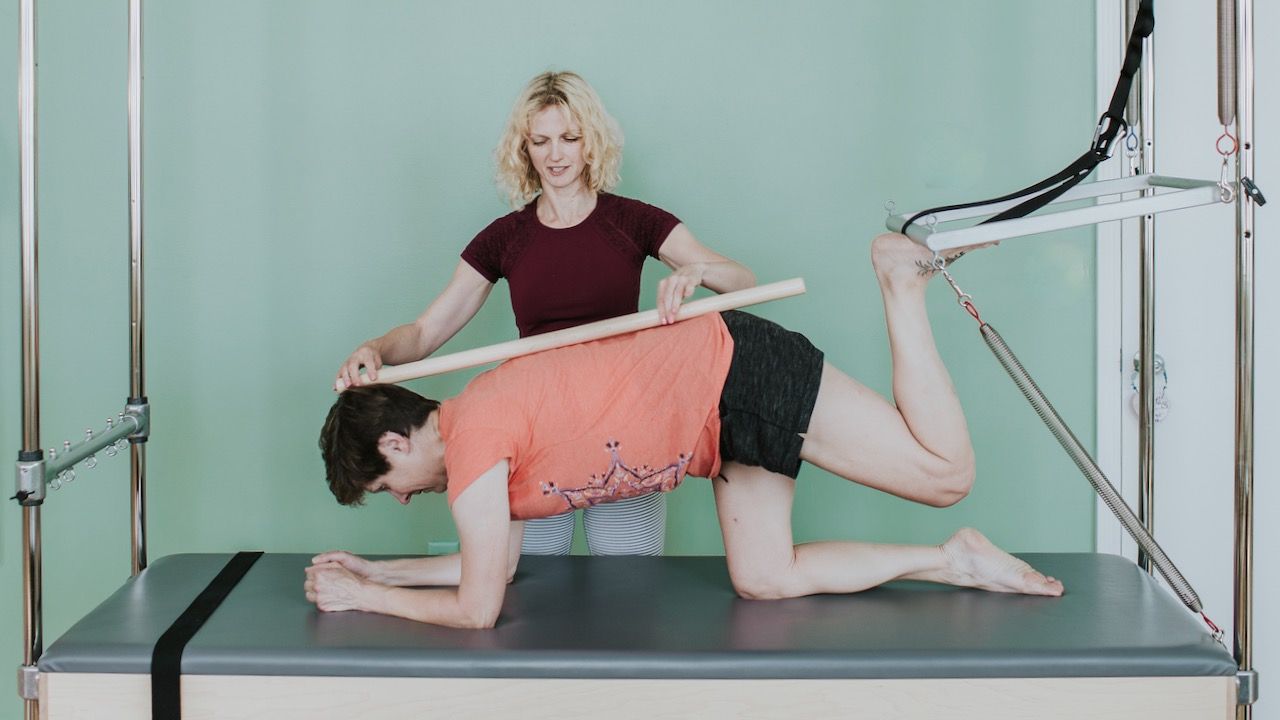
How To ADAPT Pilates Exercises To The Person In Front Of You
Oct 07, 2020I like ice skating because it requires some skill and grace, which is something that I enjoy given my dance background. When I'm getting ready to skate, it's a no-brainer that wearing skates that fit well is essential. If I choose skates that are a size too big or too small, skating will not be pleasurable or comfortable. That's not the skates' fault, not the ice's, nor my feet's fault. It's simply a mismatch. Feet and skates must match in size. Period.
When it comes to exercise, you might think one particular method (yoga, Pilates, Cross-fit, running, etc.) doesn't work for you.
"I tried yoga, but it hurt my back."
"I tried Kettlebells, but it made my neck really tight.”
Or you blame one of your body parts:
"I can't do lunges with my knee."
"I can't run. I'm bow-legged."
If an exercise doesn't work for you,
neither the method nor your body is the problem.
They are simply a mismatch.
You're trying to force fit an exercise "on" your body, instead of adapting the exercise to fit your body. Instead of tailor-made, you chose off the rack.
In the Pilates method, when a specific exercise "doesn't fit or feel right", you have two options:
1. Choose a Different Apparatus
As you can see in the picture above, a Plank can be done on the mat (Front Support), on the Reformer (Long Stretch), or on the Spine Corrector (Front Support).
2. Change the Load
In Pilates, we have two loads we can modify: gravity and spring tension.

If doing Long Stretch on the Reformer - with your hands on the footbar - doesn't feel right, turn to face the other direction. In Control (Balance) Front, you place your hands on the shoulder rests and your feet on the footbar. You're now pushing your arms away from your torso, instead of pushing your torso away from your arms.
3. Change the Direction of Force
Front Support on the Spine Corrector with your hands on the barrel is easier than doing it on the mat. It's because your hands are higher than your feet. So gravity doesn't run at a 90-degree angle through your spine but on a 45-degree angle instead.

4: Shorten the lever
You can do this for example, by lowering your knees to the floor in your high Push-Up or Front Control position.

5: Change the Position of a Joint
Instead of doing Plank on your flat palms, you can do it on your fists or on your forearms instead.

6. Use Props For Assistance
If your wrists or thumb joints hurt when you support your weight on your hands, then you can use ghosts or a wedge to lift your wrists.

7. Think Outside The Box
If you have trouble putting weight on your feet, ankles, or toes (for example post-surgery), you could find an exercise with a similar shape, but avoids the injured joints, like the Prone Scapular Series on the Chair, for example.

8. Choose a Different Exercise With Similar Goals
If you absolutely can't think of any more ways to make the exercise manageable for your students, then find a different exercise with a similar goal, movement direction of a joint, or muscle effort. If the reason why you want to do a plank is to strengthen your core, there are so many other great options to choose from! How about Double Leg Stretch on the mat. No pressure on your wrists or feet and you similarly work up to reaching the limbs away from the center without losing the core connection.

After the injury heals, you will have built up plenty of core strength to attempt your plank. You might be surprised how much easier it has gotten because you practiced a different exercise (with the same goal) for a while.
Many people think they have to take a complete break from exercise due to one joint that's causing them discomfort. But Pilates can take all those things into consideration and make you the absolute best version of yourself no matter where you start or what type of curveball life has thrown you.
A skilled Pilates teacher can tell you why it is better for your body to do a specific variation of the exercise. Every person's body is different and unique. Let's honor that. It's what makes it interesting and special.
I've put together lists of exercises organized by the goal to help you choose alternative exercises in the Pilates Protocols chapter of the Pilates Encyclopedia. For example, if you're looking for exercises for trunk stability and core strength, we have over 20 suggestions using different pieces of equipment. Learn more...
I'd love to hear from you: What's your favorite way to adapt a Pilates exercise? Do you have a favorite modification? Shoot me an email.
Get support with your day-to-day teaching challenges
Ready to Teach Pilates with Clarity and Confidence?
Sign up to receive my weekly email newsletter. It's jam-packed with Pilates articles, videos, exercise tutorials and teaching tips.
Only super valuable stuff here. No spam ever. Unsubscribe any time.








